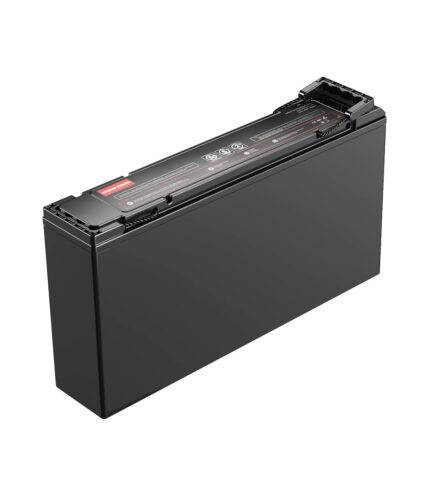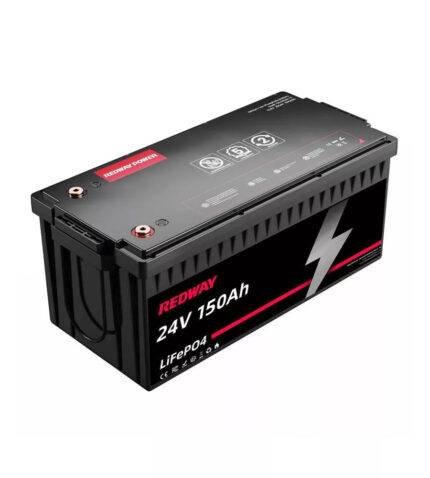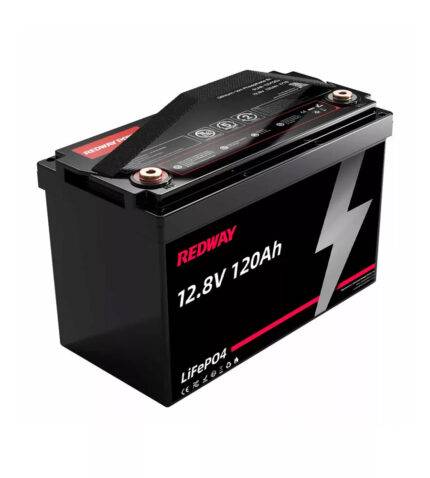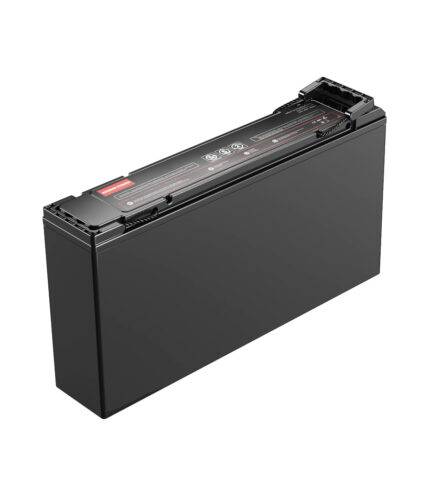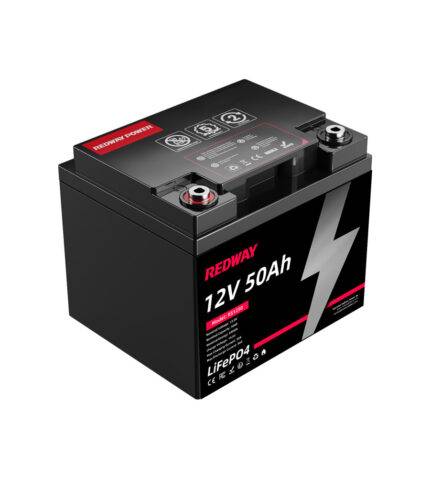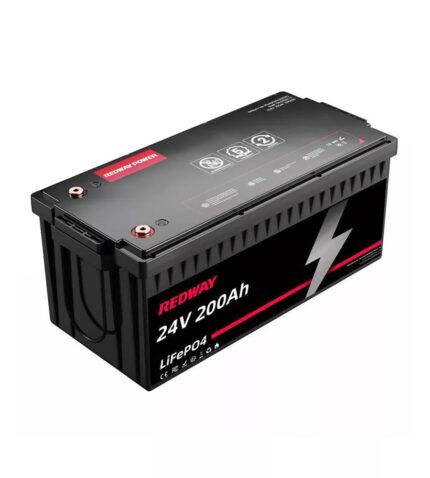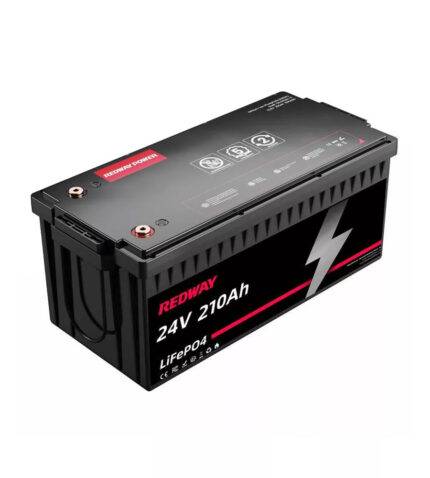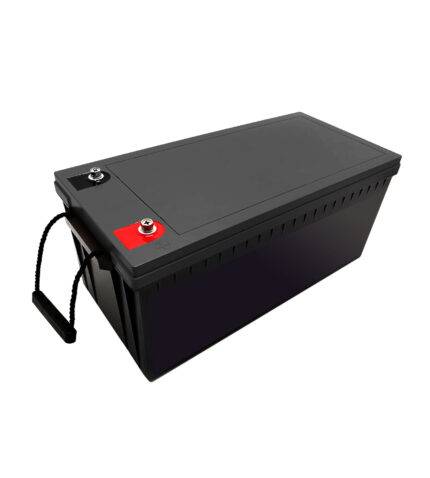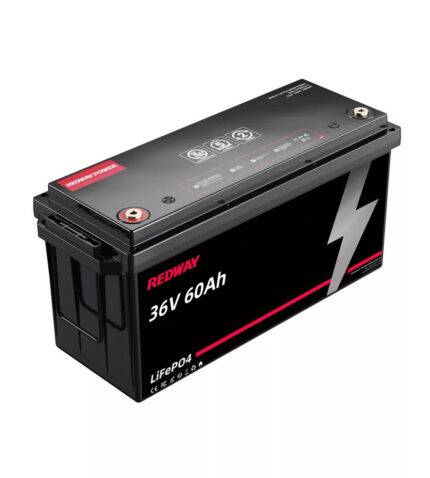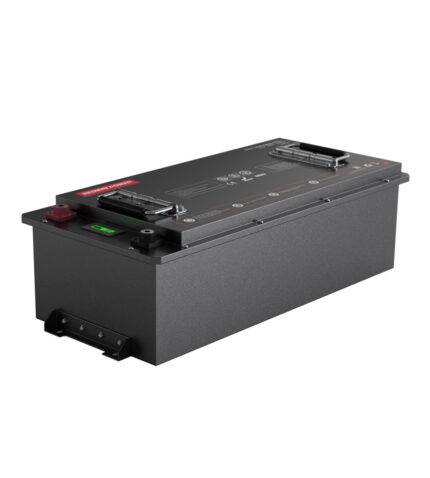- Rack-mounted Lithium Battery
- Golf Cart Lithium Battery
-
Golf Cart Lithium Battery
- 36V 50Ah (for Golf Carts)
- 36V 80Ah (for Golf Carts)
- 36V 100Ah (for Golf Carts)
- 48V 50Ah (for Golf Carts)
- 48V 100Ah (Discharge 100A for Golf Carts)
- 48V 100Ah (Discharge 150A for Golf Carts)
- 48V 100Ah (Discharge 200A for Golf Carts)
- 48V 120Ah (for Golf Carts)
- 48V 150Ah (for Golf Carts)
- 48V 160Ah (Discharge 100A for Golf Carts)
- 48V 160Ah (Discharge 160A for Golf Carts)
-
Golf Cart Lithium Battery
- Forklift Lithium Battery
- 12V Lithium Battery
- 24V Lithium Battery
- 36V Lithium Battery
- 48V Lithium Battery
-
48V LiFePO4 Battery
- 48V 50Ah
- 48V 50Ah (for Golf Carts)
- 48V 60Ah (8D)
- 48V 100Ah (8D)
- 48V 100Ah
- 48V 100Ah (Discharge 100A for Golf Carts)
- 48V 100Ah (Discharge 150A for Golf Carts)
- 48V 100Ah (Discharge 200A for Golf Carts)
- 48V 150Ah (for Golf Carts)
- 48V 160Ah (Discharge 100A for Golf Carts)
- 48V 160Ah (Discharge 160A for Golf Carts)
-
48V LiFePO4 Battery
- 60V Lithium Battery
-
60V LiFePO4 Battery
- 60V 20Ah
- 60V 30Ah
- 60V 50Ah
- 60V 50Ah (Small Size / Side Terminal)
- 60V 100Ah (for Electric Motocycle, Electric Scooter, LSV, AGV)
- 60V 100Ah (for Forklift, AGV, Electric Scooter, Sweeper)
- 60V 150Ah (E-Motocycle / E-Scooter / E-Tricycle / Tour LSV)
- 60V 200Ah (for Forklift, AGV, Electric Scooter, Sweeper)
-
60V LiFePO4 Battery
- 72V~96V Lithium Battery
- E-Bike Battery
- All-in-One Home-ESS
- Wall-mount Battery ESS
-
Home-ESS Lithium Battery PowerWall
- 24V 100Ah 2.4kWh PW24100-S PowerWall
- 48V 50Ah 2.4kWh PW4850-S PowerWall
- 48V 50Ah 2.56kWh PW5150-S PowerWall
- 48V 100Ah 5.12kWh PW51100-F PowerWall (IP65)
- 48V 100Ah 5.12kWh PW51100-S PowerWall
- 48V 100Ah 5.12kWh PW51100-H PowerWall
- 48V 200Ah 10kWh PW51200-H PowerWall
- 48V 300Ah 15kWh PW51300-H PowerWall
PowerWall 51.2V 100Ah LiFePO4 Lithium Battery
Highly popular in Asia and Eastern Europe.
CE Certification | Home-ESS -
Home-ESS Lithium Battery PowerWall
- Portable Power Stations
24V 105Ah Lithium Battery (EU)
• Cell: LiFePO4
• MOQ: 5
• Delivery: 20 Days
• Customizable / OEM / ODM: Yes
• Factory: Redway, Dongguan, Guangdong, China
• Delivery Terms: FOB, EXW, CIF
• Payment: T/T, L/C, PayPal
• Sea / Air / Land Shipment: 10FT, 20FT, 40FT
Description
| 24V105Ah EU LFP | Specifications |
|---|---|
| Battery Cell Type | LiFePO4 |
| Voltage | 25.6V |
| Capacity | 105Ah |
| Energy | 2688Wh |
| Peak Charge Voltage | 29.2V |
| Discharge Cut-off Voltage | 20V |
| Max Charge Current | 100A (Continues) |
| Max Discharge Current | 100A (Continues) |
| Peak Discharge Current | 200A (3s) |
| Dimensions [L x W x H] | 580 x 132 x 242 mm 22.8 x 5.2 x 9.5 inches |
| Weight | 21 kg 46 lb |
| IP Rating | IP65 |
| Max Number of Parallel & Series | 4P / 4S |
| Internal Resistance | ≤10mΩ |
| Cycle Life | >6000 cycles (DOD 80%) |
| Self-discharge | 2% (per month) |
| Charge Temperature | 0°C ~ 60°C |
| Discharge Temperature | -20°C ~ 60°C |
| Optional Upgrades | Self-heating / Bluetooth / APP / WiFi / 4G / GPS / LCD Display / RS485 / RS232 / CAN / Anti-theft / Active Balance |
| Charger | Optional |
| BMS | JBD / DALY Smart BMS Protection |
| Terminal | M8 |
| Battery Case | ABS Plastic |
| Design Life | 10 Years |
| Silkscreen | Yes |
| Label Printing | Yes |
| Laser Logo | Yes |
| User Manual | Yes |
| OEM / ODM | Yes |
| Certification | Cell: UL1642 / CE Product: UN38.3 / MSDS |
Specifications
Download 24V 105Ah Lithium Battery (EU) Datasheet
Note: Our products are customizable, allowing customers to modify the main data according to their requirements.
| 24V105Ah EU LFP | Specifications |
|---|---|
| Battery Cell Type | LiFePO4 |
| Voltage | 25.6V |
| Capacity | 105Ah |
| Energy | 2688Wh |
| Peak Charge Voltage | 29.2V |
| Discharge Cut-off Voltage | 20V |
| Max Charge Current | 100A (Continues) |
| Max Discharge Current | 100A (Continues) |
| Peak Discharge Current | 200A (3s) |
| Dimensions [L x W x H] | 580 x 132 x 242 mm 22.8 x 5.2 x 9.5 inches |
| Weight | 21 kg 46 lb |
| IP Rating | IP65 |
| Max Number of Parallel & Series | 4P / 4S |
| Internal Resistance | ≤10mΩ |
| Cycle Life | >6000 cycles (DOD 80%) |
| Self-discharge | 2% (per month) |
| Charge Temperature | 0°C ~ 60°C |
| Discharge Temperature | -20°C ~ 60°C |
| Optional Upgrades | Self-heating / Bluetooth / APP / WiFi / 4G / GPS / LCD Display / RS485 / RS232 / CAN / Anti-theft / Active Balance |
| Charger | Optional |
| BMS | JBD / DALY Smart BMS Protection |
| Terminal | M8 |
| Battery Case | ABS Plastic |
| Design Life | 10 Years |
| Silkscreen | Yes |
| Label Printing | Yes |
| Laser Logo | Yes |
| User Manual | Yes |
| OEM / ODM | Yes |
| Certification | Cell: UL1642 / CE Product: UN38.3 / MSDS |
Applications and FAQs
Redway Power's 24V 105Ah-EU (thinner) LiFePO4 batteries offer a substantial improvement over traditional deep cycle batteries, boasting an extended lifespan of up to 4000 cycles compared to the standard 500 cycles of sealed lead-acid batteries. Tailored for the European market, this offering emphasizes longevity and efficiency. These batteries are well-suited for a range of applications such as home alarm systems, camping, and solar lighting, providing a cost-effective and durable solution to meet the energy requirements of European consumers.
What is 24V 105Ah-EU (thinner) LiFePO4 Battery?
Redway Power 24V 105Ah-EU (thinner) LiFePO4 battery is specifically crafted for the European market, and this rechargeable powerhouse stands as a notable advancement over traditional deep cycle batteries. Its hallmark feature? Longevity. With a lifespan of up to 4000 cycles, it outlasts standard sealed lead-acid (SLA) batteries, which typically offer around 500 cycles. This robust endurance translates to substantial cost savings per use. Ideal for a myriad of applications including home alarm systems, camping, solar lighting, and renewable energy storage systems, this battery embodies durability and efficiency, making it a top choice for energy-conscious consumers in Europe.
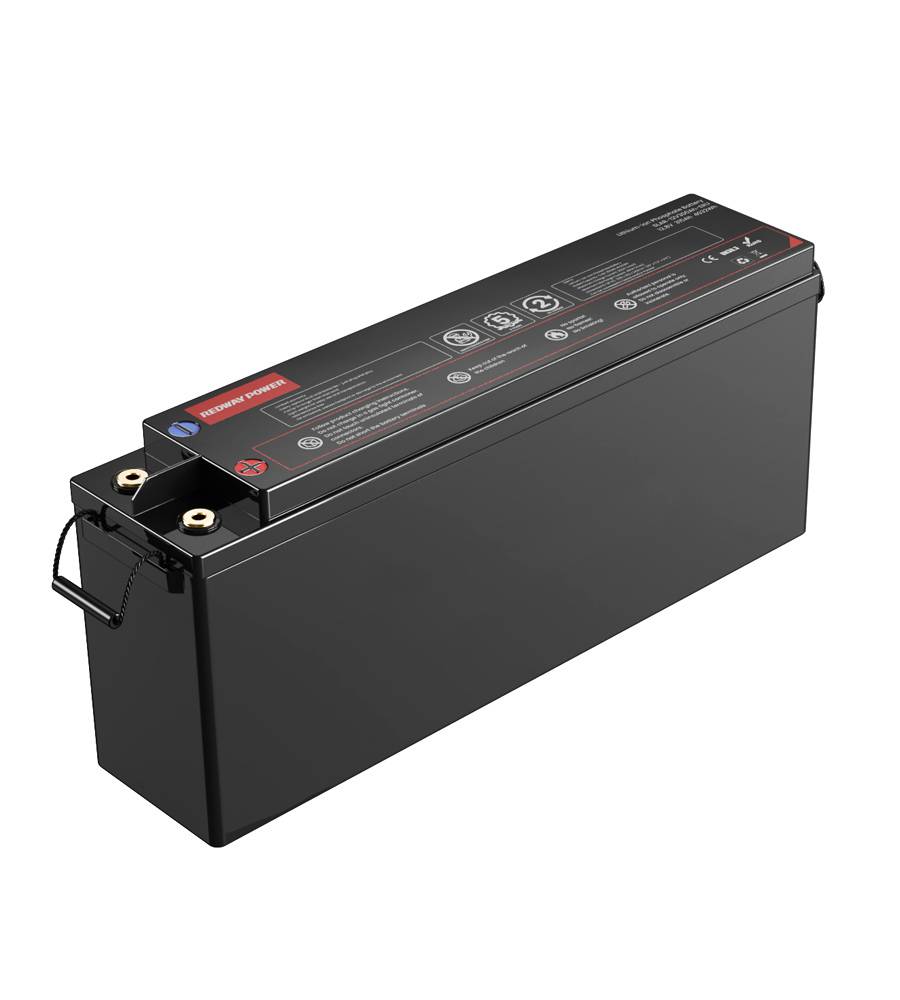
Note: we have 3 versions of 24V 105Ah lithium-ion batteries: Standard, Thinner, Much Thinner.
Comparing LiFePO4 Battery Adoption: Europe vs US
When we say that 24V 105Ah-EU (thinner) LiFePO4 (Lithium Iron Phosphate) battery is well-suited for both the European and U.S. markets, that means the battery is designed for EU market specially. Now, please check some notable differences between EU and US markets:
Environmental Concerns and Regulations:
- Europe emphasizes environmental sustainability and reducing greenhouse gas emissions, driving demand for EVs and renewable energy storage systems.
- The US also values environmental awareness, but EV adoption regulations and incentives may vary by state.
Safety Standards and Certifications:
- Both regions prioritize safety, with the US setting specific standards through organizations like UL and the EU adhering to CE standards for LiFePO4 batteries.
Cost and Economics:
- LiFePO4 batteries offer cost-effective solutions compared to other lithium-ion variants, contributing to their popularity in both markets, especially for home energy storage and EVs.
Market Competition and Distribution:
- Competition is fierce in the LiFePO4 battery industry, with key players operating in the US and China.
- Manufacturers maintain diverse production locations, ensuring widespread availability through extensive distribution networks.
In summary, while the technology remains consistent, regional factors like safety standards, economic considerations, and market dynamics significantly influence LiFePO4 battery adoption in Europe and the US.
Where can you use a 24V 105Ah-EU (thinner) battery?
A 24V 105Ah-EU (thinner) LiFePO4 battery is highly versatile and essential for various applications, including off-grid solar power systems where it stores surplus energy for continuous availability. It's also vital in marine and RV setups, powering electronics and appliances for extended trips.
In industrial settings, it ensures uninterrupted operations and acts as a backup power supply for homes and businesses during outages.
Moreover, it's integral to renewable energy storage, optimizing energy utilization and grid stability. Electric vehicles benefit from its high energy density, enabling longer driving ranges and faster charging.
Overall, this battery is indispensable for diverse energy needs, offering reliability and efficiency in residential, commercial, and industrial settings.
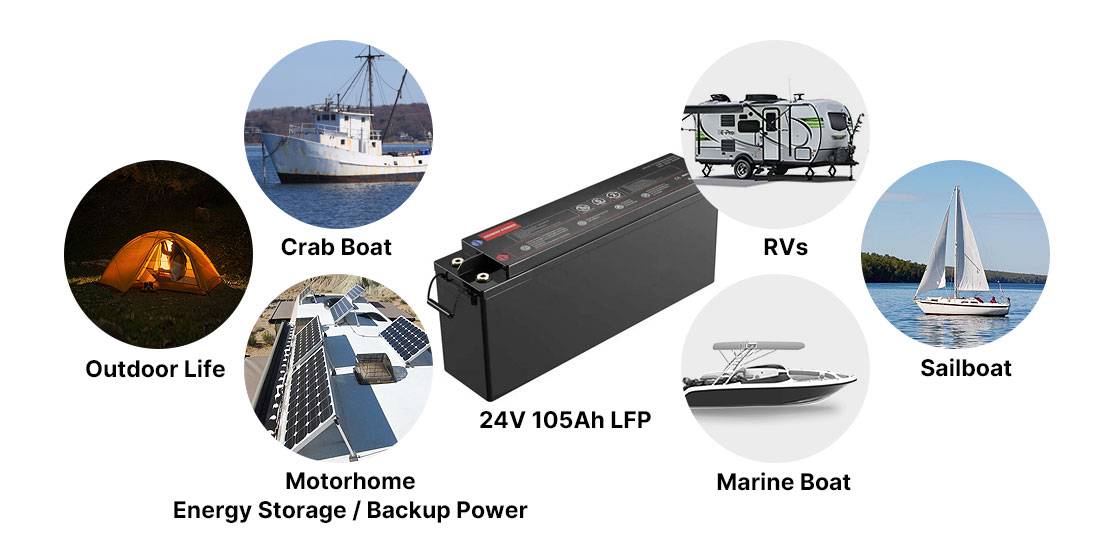
Explain the different advantages of a 24V 105Ah-EU (thinner) lithium-ion battery?
A 24V 105Ah-EU (thinner) lithium-ion battery presents a multitude of advantages over traditional lead-acid batteries, making it a preferred choice for various applications. These benefits encompass:
- Versatile Connectivity:These batteries can be connected in parallel and series configurations, allowing for scalability and customization of power systems to meet specific energy requirements.
- No Memory Effect:Users can charge and use the battery at any time without the need for discharging beforehand, ensuring optimal performance and extended device operation on a single charge.
- Robust Cycle Life:With a high cycle life of up to 5000 cycles and a five-year warranty (subject to usage frequency), these batteries deliver reliable power output over an extended period, offering consistent performance.
- Higher Energy Density:Despite their lightweight and compact design, lithium-ion batteries provide enhanced power delivery with high current output and increased power storage capacity, making them ideal for applications where space and weight constraints are crucial.
- Low Self-Discharge:These batteries exhibit minimal energy loss during storage periods due to their low self-discharge rate, ensuring stored energy remains available when needed.
- Eco-Friendly:Lithium-ion batteries are non-toxic, acid-free, and safe to use, contributing to environmental sustainability. By utilizing renewable energy sources for power generation and minimizing noise pollution, they serve as eco-friendly energy storage solutions.
In summary, a 24V 105Ah-EU (thinner) lithium-ion battery offers a range of advantages, including versatile connectivity, freedom from memory effect, robust cycle life, enhanced energy density, low self-discharge, and eco-friendliness, making it suitable for a wide range of applications.
What are the disadvantages of a 24V 105Ah-EU (thinner) lithium battery?
Here are the points formatted in bold and strong black:
- Higher Initial Cost: One significant drawback is the higher initial cost compared to lead-acid batteries. This expense may deter some users, especially those on tight budgets.
- Potential Degradation: Lithium-ion batteries can degrade if exposed to extreme temperatures or overcharged. Proper management and monitoring systems are necessary to prevent degradation and ensure longevity.
- Safety Concerns: There are safety concerns regarding thermal runaway and fire risk if the battery is damaged or mistreated. Appropriate handling and safety precautions are essential to mitigate these risks and ensure safe operation.
How long will a 24V 105Ah-EU (thinner) battery last if fully charged?
The lifespan of a fully charged 24V 105Ah-EU (thinner) battery depends on the load it powers and its discharge rate. Here’s how to estimate its duration:
- Load and Runtime Calculation:
- Divide the battery’s capacity (180Ah-EU) by the load current (in amperes) to calculate runtime.
- For example, if the load draws 10 amps: Battery runtime = 180Ah-EU ÷ 10A = 18 hours (under ideal conditions).
- Consider Other Factors:
- Temperature: Extreme temperatures can affect battery performance.
- Battery Age: Older batteries may have reduced capacity.
- Depth of Discharge (DoD): The usable capacity varies based on the battery type (lead-acid or lithium-ion). Lead-acid batteries should not be discharged below 50%, while lithium-ion batteries can be safely depleted to 100%.
While the initial calculation gives an estimate, real-world conditions may vary. Take these factors into account when assessing battery life.
How is a deep cycle 24V 105Ah-EU (thinner) lithium battery better than a deep cycle lead-acid battery?
Here’s a concise comparison of a deep cycle 24V 105Ah-EU (thinner) lithium battery and a deep cycle lead-acid battery:
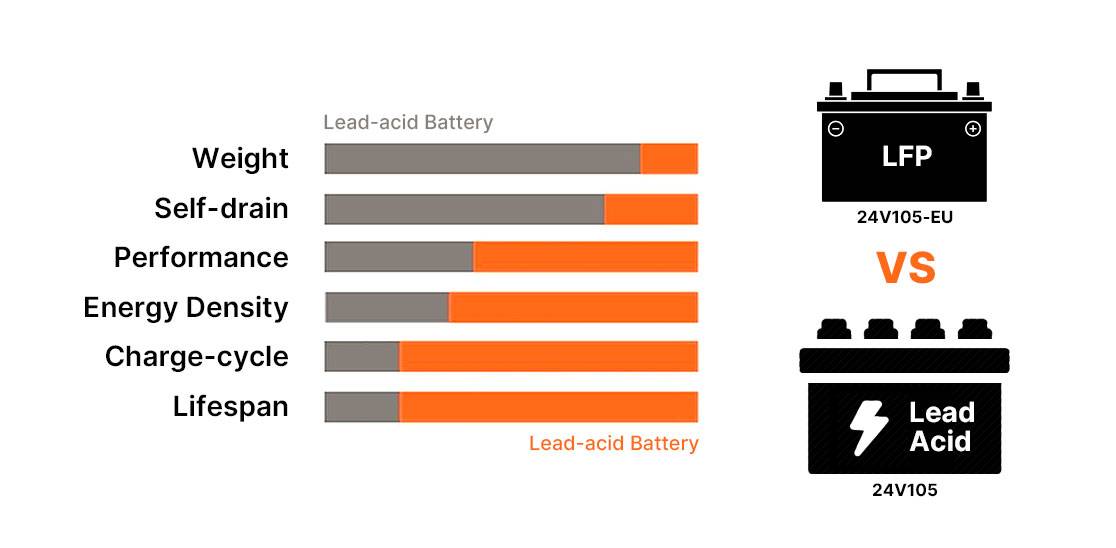
- Weight and Size:
- Lithium Battery: Lighter and more compact for the same energy capacity.
- Lead-Acid Battery: Bulkier and heavier.
- Energy Density:
- Lithium Battery: Higher energy density, allowing more energy storage in the same space.
- Lead-Acid Battery: Lower energy density.
- Cycle Life:
- Lithium Battery: Offers up to 4000 cycleswith 80-90% Depth of Discharge (DOD).
- Lead-Acid Battery: Limited to around 500 cycleswith 50% DOD.
- Charging Efficiency:
- Lithium Battery: Charges more efficiently, minimizing energy loss during charging.
- Lead-Acid Battery: Less efficient charging.
- Maintenance:
- Lithium Battery: Maintenance-free, reducing operational costs and hassle.
- Lead-Acid Battery: Requires periodic maintenance (water level checks, equalization charging).
The longevity, efficiency, and convenience of lithium batteries make them an ideal choice for a wide range of applications.
What quality standards should a 24V 105Ah-EU (thinner) lithium battery fulfill during its manufacturing?
Manufacturing a 24V 105Ah-EU (thinner) lithium battery involves adhering to critical quality standards:
- International Compliance: Follow ISO 9001 (quality management) and ISO 14001 (environmental management) regulations.
- Safety Certifications: Obtain UL or CE certifications to demonstrate adherence to safety and product standards.
- Rigorous Testing: Subject the battery to IEC 62133 tests to verify safety and prevent short-circuits.
- Stringent Processes: Implement consistent manufacturing processes.
- Quality Control: Monitor battery quality and performance at every production stage.
These practices ensure reliable performance and safety for users.
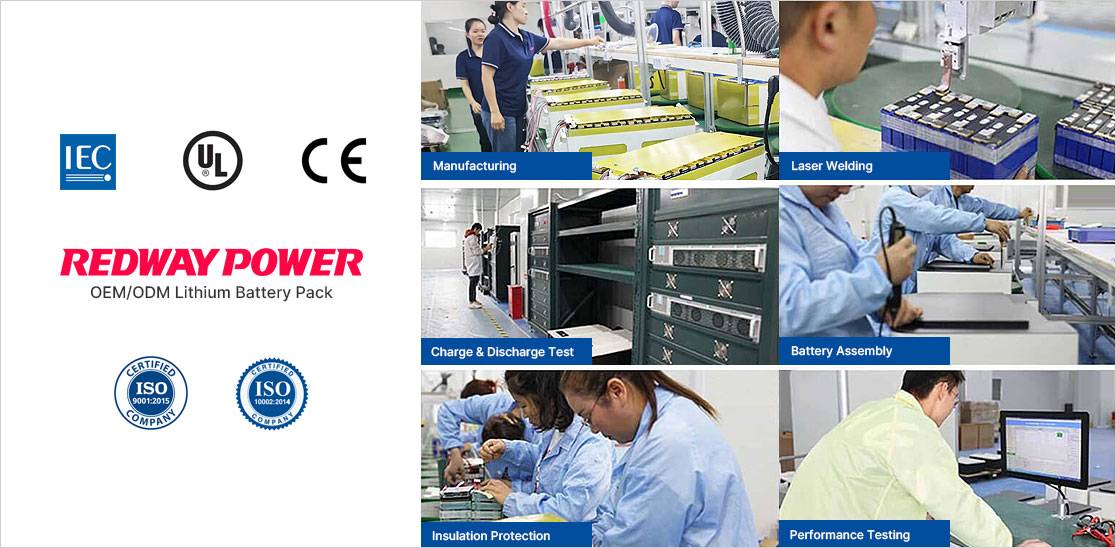
Is it safer to use a 24V 105Ah-EU (thinner) lithium-ion battery in small size vehicles?
Yes. By incorporating a 24V 105Ah-EU (slimmer) lithium-ion battery in compact automobiles, enhanced safety can be achieved in comparison to traditional lead-acid batteries. This is due to the stable composition and reduced likelihood of leakage or spillage of lithium-ion batteries, making them a suitable option for limited space installations. Additionally, these batteries feature protective circuits that prevent potential dangers such as overcharging, over-discharging, and short circuits. Nonetheless, regardless of the battery type being utilized, meticulous installation, handling, and maintenance are essential in promoting safety measures and preventing accidents.
What are the features of a 24V 105Ah-EU (thinner) lithium-ion battery?
A 24V 105Ah-EU (thinner) lithium-ion battery offers lightweight, high energy density, and long cycle life. It efficiently charges, has low self-discharge, and requires minimal maintenance. Ideal for various applications, it ensures reliable energy storage.
What are the specifications of a 24V 105Ah-EU (thinner) lithium-ion battery?
A 24V 105Ah-EU (thinner) lithium-ion battery offers lightweight, high energy density, and long cycle life. It efficiently charges, has low self-discharge, and requires minimal maintenance. Ideal for various applications, it ensures reliable energy storage.
How to maintain a 24V 105Ah-EU (thinner) lithium-ion battery?
Proper maintenance is essential for maximizing the lifespan and performance of a 24V 105Ah-EU (thinner) lithium-ion battery. Here are the key steps to effectively maintain your battery:
- Follow Manufacturer Guidelines:
- Adhere to all guidelines provided by the battery manufacturer. These instructions cover safe handling, charging, and usage.
- Proper handling prevents damage and ensures optimal performance.
- Regular Monitoring:
- Avoid leaving the lithium battery unattended for extended periods, especially during storage.
- Regularly check the battery status, including its charge level and any signs of degradation.
- Charge Before Storage:
- Although lithium batteries have a low self-discharge rate, it’s essential to charge or discharge them before extended storage periods.
- Storing a partially charged battery is better than storing it fully charged or completely depleted.
- Avoid exposing the battery to high temperatures during storage, as excessive heat can reduce its lifespan.
- Handle with Precaution:
- Protect the battery from excessive vibrations, shocks, and impacts. Secure it properly in its housing or mounting.
- Manage temperature: Avoid extreme cold or heat, as both can affect battery performance.
- Prevent overcharging: Use a suitable charger that prevents the battery from reaching excessively high voltages during charging.
In summary, following these maintenance practices ensures that your 24V 105Ah-EU (thinner) lithium-ion battery remains in excellent condition, providing reliable power when needed.













